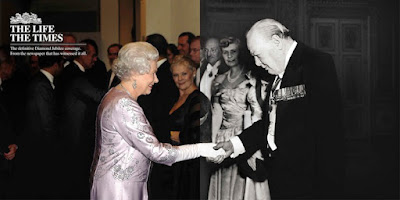The sponsorship I chose was Coca Cola and their sponsorship with the Olympics. I believe this is effective for both brands, to be honest. Coca Cola is a huge, international brand that everyone knows. Likewise, the Olympics is a widely known event that occurs on an international level. For this reason, the two brands help each other out immensely.
Coca Cola has been a sponsor for the Olympics since 1928 and continues to do so to this day. According to blog.optimy.com, Coca Cola "promotes the higher involvement of youth in the Olympics" and aims to "bring together more people under the #Thatsgold campaign and have it reach further." This sponsor helps promote the Olympic games because Coca Cola aims to bring people together, especially family. Everyone knows the brand and that is what makes them a powerful sponsor. On the other side, the Olympics helps promote the Coca Cola brand as well. The Olympcis brings everyone together- fans of all sports, of different countries, and origins gather together to watch the event. Because of the size and popularity of both brands, it is wise to call them "partners" rather than a brand being a sponsor for one another.
Both brands do a great job at promoting each other. Their biggest strong suit is their loyalty to each other. Coca Cola did a fantastic job of relating "what winning a gold medal felt like" to what Coca Cola tastes like and feels like when you drink it in this commercial:






